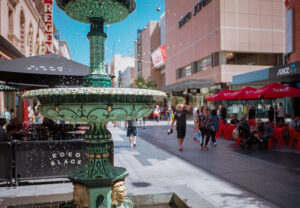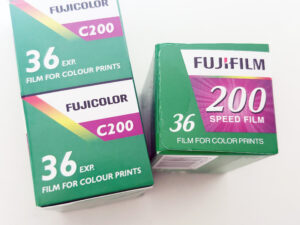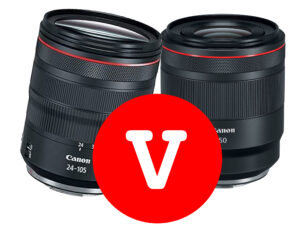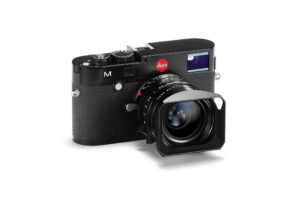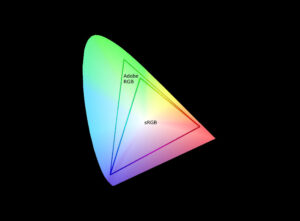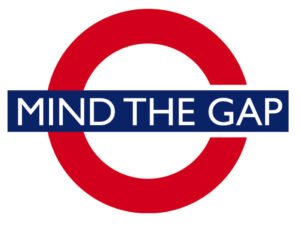Lets start cleaning up: Unilever’s Eco-Friendly Jif Rebranding and the Lessons from Tropicana’s Mistake. In the competitive world of consumer goods, packaging isn’t just about containment—it’s a silent salesman. Unilever, a global powerhouse in the consumer goods industry, recently made waves with its bold rebranding of Jif, the UK’s top cream cleaner. This move signals a strategic shift from showcasing the product’s cleaning prowess to emphasizing its eco-friendly credentials. But will this gamble pay off, or is Unilever walking down the same path that led Tropicana to a branding disaster?
The Evolution of Jif’s Packaging: A Risky Departure
For generations, Jif’s packaging has been a familiar sight on supermarket shelves—a white bottle signaling reliability and effectiveness in cleaning kitchen and bathroom surfaces. It was straightforward, honest, and instantly recognizable. However, Unilever’s recent redesign trades this clarity for a more environmentally conscious aesthetic, featuring earthy tones and leaf motifs.
The Risk of Disrupting Consumer Habits
Unilever’s decision to overhaul Jif’s packaging is not without risks. Consumer behavior in the cleaning aisle is often habitual, driven by familiarity and convenience rather than environmental considerations. Will shoppers accustomed to grabbing the familiar white bottle of Jif now gravitate towards the new, eco-friendly packaging? The gap between environmental intentions and purchasing actions looms large, and Unilever is betting that consumers will prioritize sustainability in their cleaning product choices.
The Perceived Trade-off: Efficacy vs. Eco-Friendliness
One of the key challenges facing Unilever is dispelling the perception that eco-friendly products sacrifice efficacy. Traditional cleaning products often evoke a sense of confidence in their ability to tackle tough stains and grime. Will consumers be willing to trade this assurance for a greener alternative? The shift from bright white to muted beige may inadvertently signal a departure from Jif’s cleaning prowess—a risk that Unilever must navigate carefully.
Lessons from Tropicana’s Rebranding Fiasco
Unilever’s rebranding of Jif evokes memories of Tropicana’s infamous packaging redesign debacle in 2009. Tropicana, a beloved fruit juice brand, attempted to modernize its packaging with a sleeker design, only to face a fierce backlash from loyal customers.

The redesign not only alienated consumers but also led to a significant drop in sales, forcing Tropicana to revert to its original packaging.
Key Takeaways from Tropicana’s Mistake
Tropicana’s misstep offers valuable insights for Unilever and other brands considering bold packaging redesigns:
1. Respect the Emotional Bond
Consumers form deep emotional connections with brands and their packaging. Any changes must resonate with these sentiments to avoid alienating loyal customers.
2. Balance Modernisation with Recognition
Modernising packaging is essential for staying relevant, but it should not come at the cost of brand recognition. Changing too many elements at once can confuse consumers and erode trust in the product.
In conclusion, Unilever’s rebranding of Jif represents a calculated risk in an increasingly eco-conscious market. While the shift towards sustainability is commendable, the company must tread carefully to ensure that it doesn’t alienate its core customer base. By learning from the mistakes of Tropicana and respecting the fundamental principles of branding, Unilever can navigate this transition successfully and pave the way for a greener future in the cleaning aisle.










